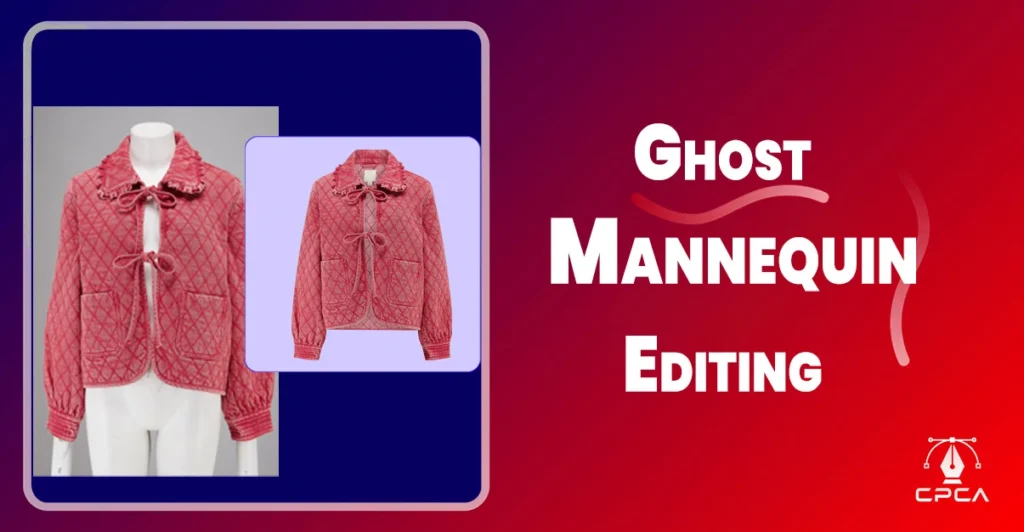In today’s digital age, the ability to manipulate and enhance images has become a crucial skill for many. Whether you’re a professional graphic designer or a hobbyist photographer, mastering the art of outlining images in Photoshop can elevate your creations to new heights. In this comprehensive guide, we will take you through the step-by-step process of how to outline an image in Photoshop, from selecting the subject to adding the perfect stroke. So let’s dive in and explore the world of image outlining!
Section 1: Introduction to Image Outlining in Photoshop
What is Image Outlining?

Image outlining is the process of creating a distinct line or border around a subject within an image. This technique can be used to highlight specific elements, create a sense of depth, or transform a photo into line art. With Adobe Photoshop, the industry-standard photo editing software, you have a wide range of tools and features at your disposal to achieve stunning outlines.
Why is Master Image Outlining in Photoshop?
Mastering the art of image outlining in Photoshop opens up endless possibilities for creative expression. Whether you want to create eye-catching posters, design unique logos, or transform your photos into artistic masterpieces, knowing how to outline images will give you the power to bring your vision to life.
Section 2: Getting Started with Image Outlining
Step 1: Open Your Image in Photoshop

To begin outlining an image in Photoshop, you need to open the image you want to work with. This can be done by going to File > Open and selecting your desired image file. Once opened, you will see the image displayed on the Photoshop canvas.
Step 2: Duplicate the Image Layer

Before you start outlining, it’s always a good practice to duplicate the image layer. This will allow you to work on a separate layer while preserving the original image in case you need to make any changes later on. To duplicate the layer, simply right-click on the image layer in the Layers panel and choose Duplicate Layer.
Step 3: Select the Subject

The next step in outlining an image is to select the subject or object you want to outline. There are several selection tools available in Photoshop, such as the Quick Selection Tool, Magic Wand Tool, or Pen Tool, depending on the complexity of the subject. Use the appropriate selection tool to carefully outline the subject by clicking and dragging around its edges.
Step 4: Refine the Selection

After making the initial selection, you may need to refine it to ensure precision and accuracy. Use the Refine Edge or Select and Mask feature in Photoshop to fine-tune the selection edges. This allows you to adjust the selection boundary, feather the edges, or remove any unwanted areas from the selection.
Section 3: Creating the Perfect Stroke
Step 1: Create a New Layer
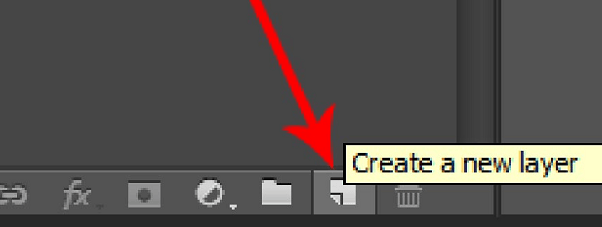
Now that you have your subject selected, it’s time to create a new layer where the outline will be placed. This allows you to have more control over the outline and make adjustments without affecting the original image. To create a new layer, go to Layer > New > Layer or simply press Ctrl+Shift+N.
Step 2: Choose the Brush Tool
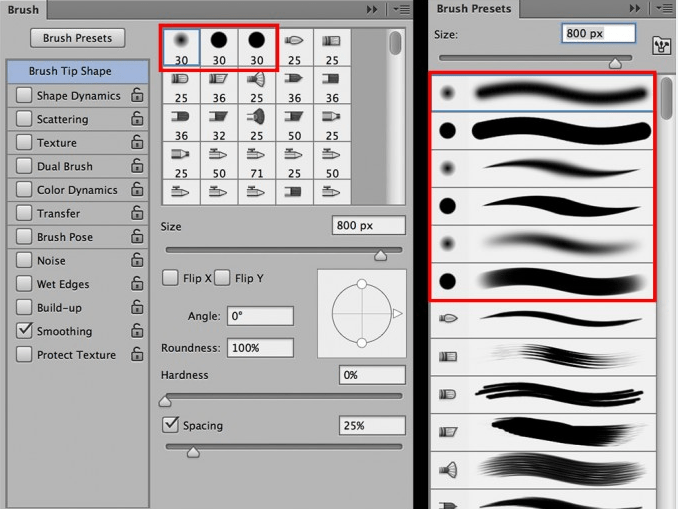
With the new layer selected, choose the Brush Tool from the toolbar. This tool will be used to apply the stroke that creates the outline. You can customize the brush settings such as size, hardness, and opacity in the Brush Options panel.
Step 3: Set the Stroke Color and Size
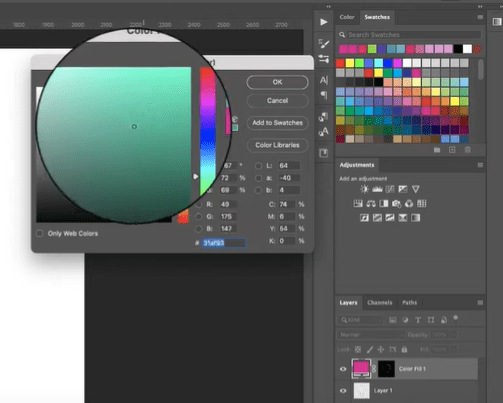
Before applying the stroke, you need to choose the color and size of the outline. Select a color that complements your subject and suits your creative vision. Adjust the brush size according to the desired thickness of the outline. Remember, you can always experiment with different colors and sizes to achieve the desired effect.
Step 4: Stroke the Selection
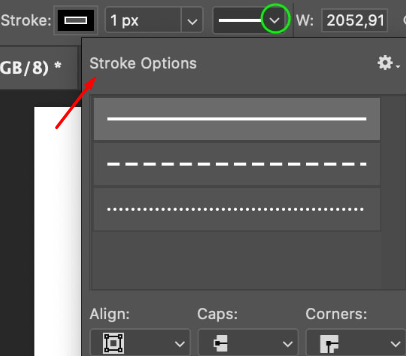
With the brush settings configured, it’s time to stroke the selection and create the outline. To do this, go to Edit > Stroke or simply press Alt+Backspace. In the Stroke dialog box, choose the appropriate options, such as the stroke location, blending mode, and opacity. Click OK to apply the stroke to the selection.
Section 4: Advanced Techniques for Image Outlining
Adding Multiple Outlines
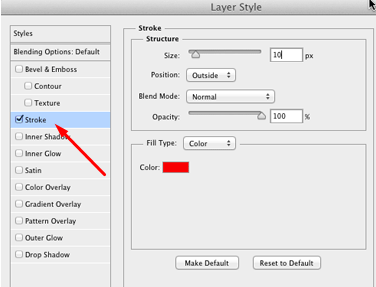
If you want to add multiple outlines to your subject, you can repeat the previous steps by creating additional layers and applying strokes with different colors and sizes. This allows you to create a layered effect and add depth to your outlines.
Creating Custom Brushes
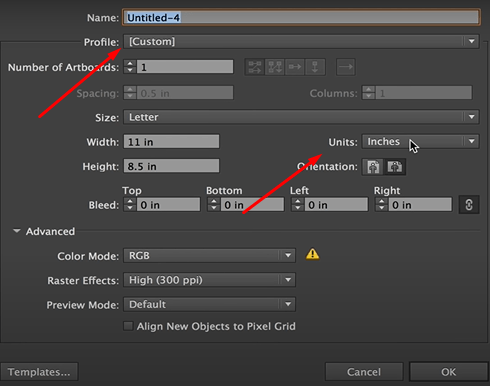
To add more creativity to your outlines, you can create custom brushes in Photoshop. This allows you to use unique brush shapes and textures to achieve different artistic effects. Experiment with various brush settings and textures to create truly unique and captivating outlines.
Using Layer Styles
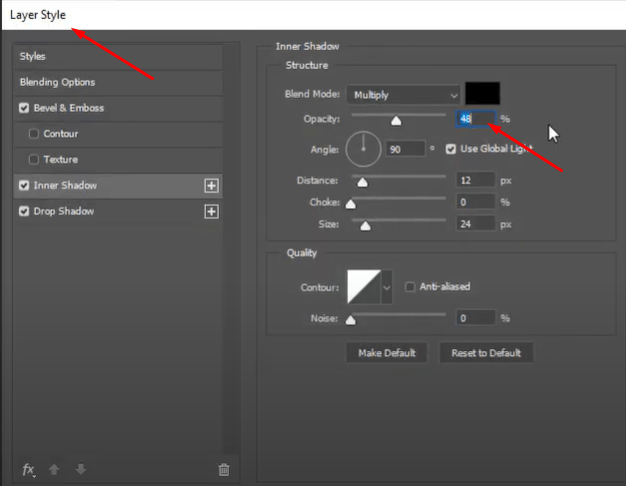
Layer styles offer additional options for enhancing your outlines. You can apply effects such as gradients, shadows, or glows to your outline layer using the Layer Styles panel. This can add depth and dimension to your outlines, making them stand out even more.
Section 5: Saving and Exporting Your Outlined Image
Step 1: Save Your Photoshop Document
After completing the outlining process, it’s important to save your Photoshop document to preserve your work. Go to File > Save or simply press Ctrl+S to save the document as a Photoshop (.psd) file. This allows you to make further edits or adjustments in the future if needed.
Step 2: Export Your Outlined Image
If you want to use your outlined image outside of Photoshop, you need to export it in a suitable file format. Go to File > Export > Export As or Save for Web to choose the desired file format (e.g., JPEG, PNG) and adjust the quality settings. Click Export to save your outlined image to your desired location.
Conclusion
Mastering the art of outlining images in Photoshop opens up a world of creative possibilities. Whether you want to enhance your photos, create stunning graphics, or design captivating artwork, image outlining in Photoshop allows you to elevate your creations to new heights. By following the step-by-step process outlined in this guide, you’ll be well on your way to becoming a pro at outlining images in Photoshop. So grab your stylus, unleash your creativity, and transform your images into mesmerizing works of art!
Remember, practice makes perfect, so don’t be afraid to experiment and try out different techniques to achieve the desired effect. With dedication and a keen eye for detail, you’ll soon be outlining images like a pro in Photoshop. Happy outlining!


